Researchers from Oslo report on the influence of temperature and polymer spacer length on the phase behavior of aqueous polymer solutions
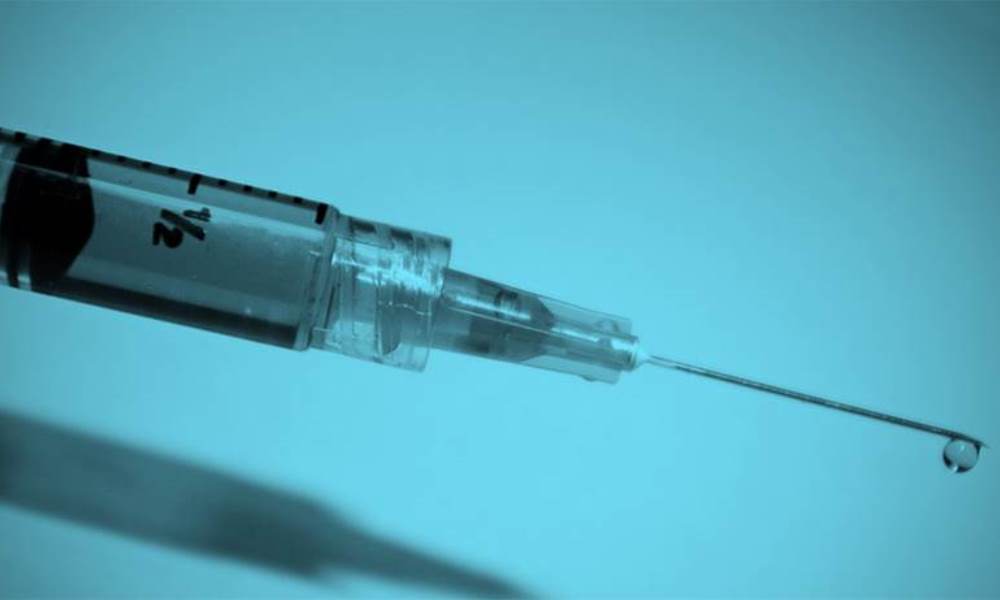

Researchers from Oslo report on the influence of temperature and polymer spacer length on the phase behavior of aqueous polymer solutions
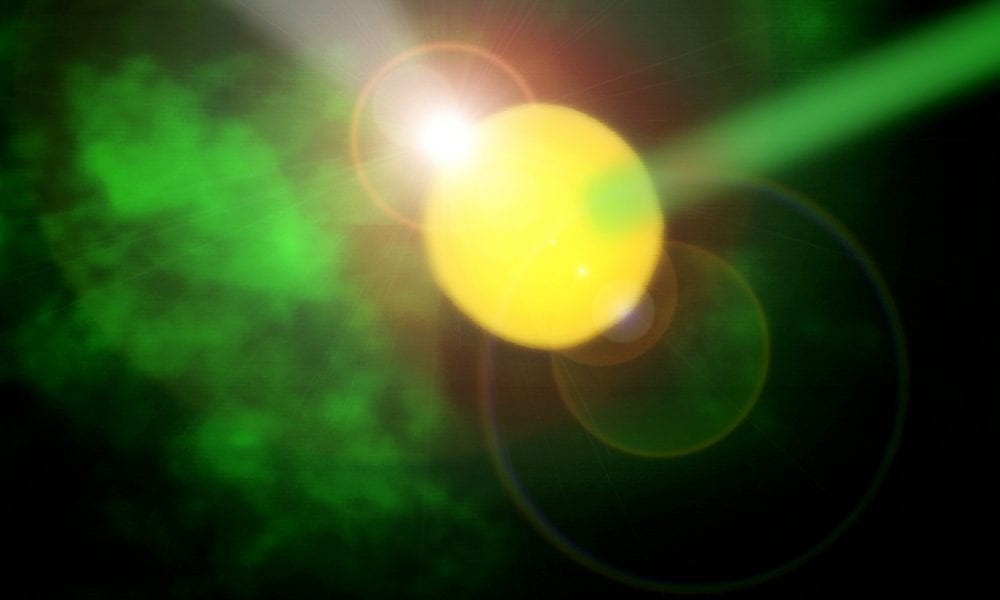
Hot electron injection within hybrid metal–transition metal dichalcogenides systems is analyzed and offers new physical insights into enhancement of optoelectronic activity with nanoantennas.

The majority of the developed bio-systems based on 2D transition metal dichalcogenides are reviewed in Small.
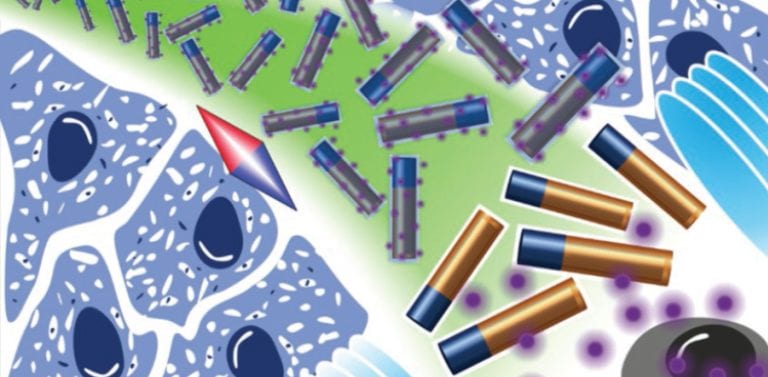
Salvador Pané and colleagues demonstrate core–shell magnetoelectric nanowires that can be triggered using different magnetic fields for targeted drug delivery to kill cancer cells.
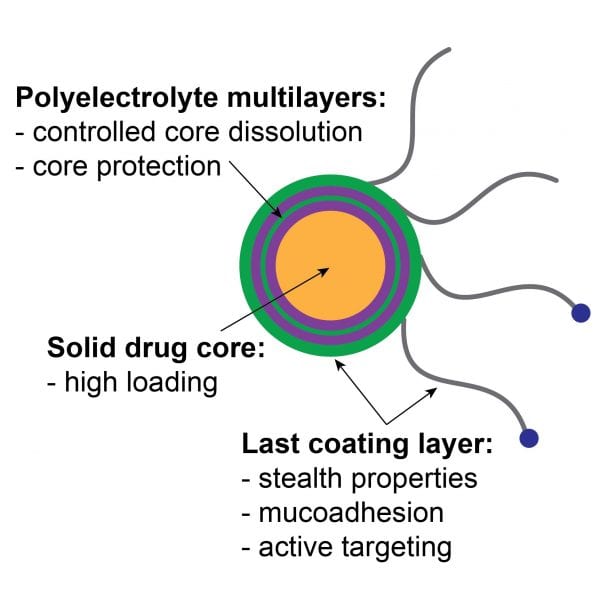
A recent review highlights and discusses the layer-by-layer encapsulation of solid drug particles.
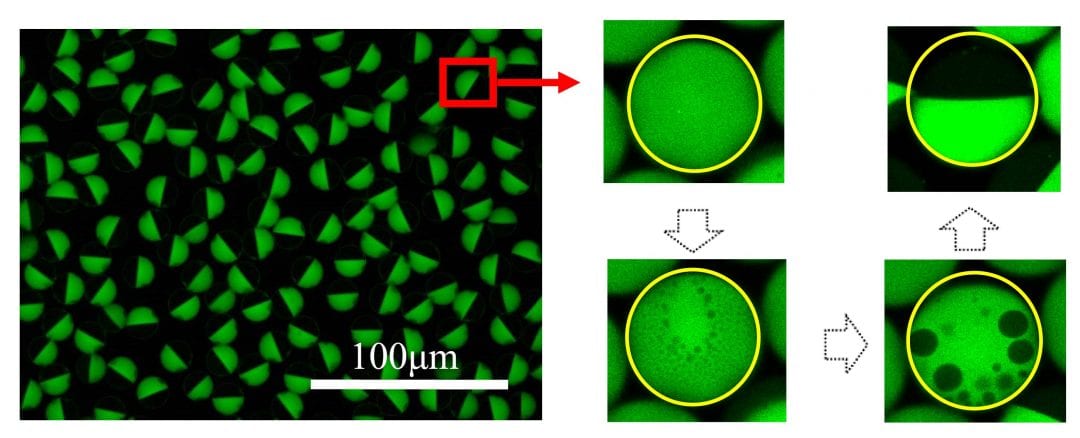
Researchers report on a new approach to generate Janus droplets.
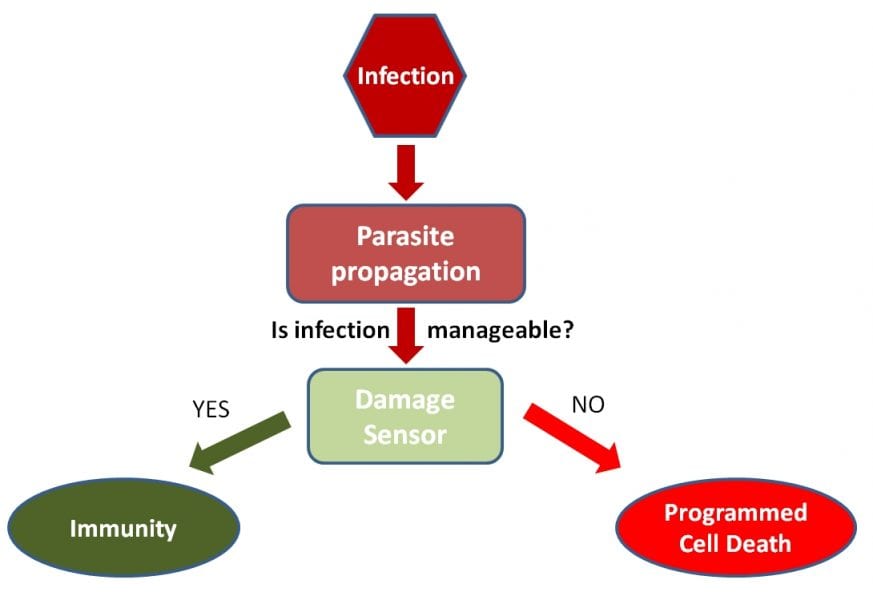
In their review in BioEssays, Eugene Koonin and Feng Zhang discuss the different outcomes when prokaryotes are infected by a virus.
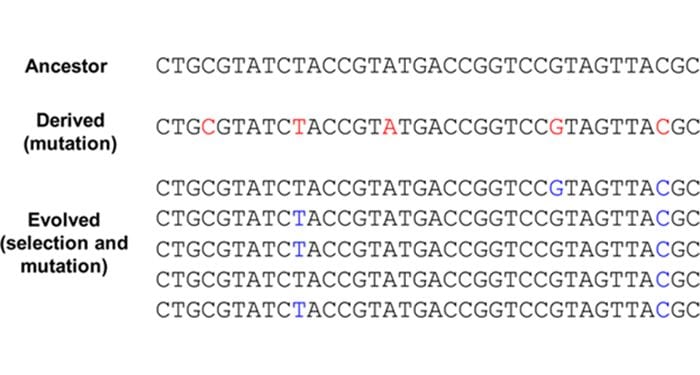
In their review in BioEssays, Bailey et al. present a model of a process that occurs more often than we’d suspect: identical genetic changes in evolutionarily unrelated populations.
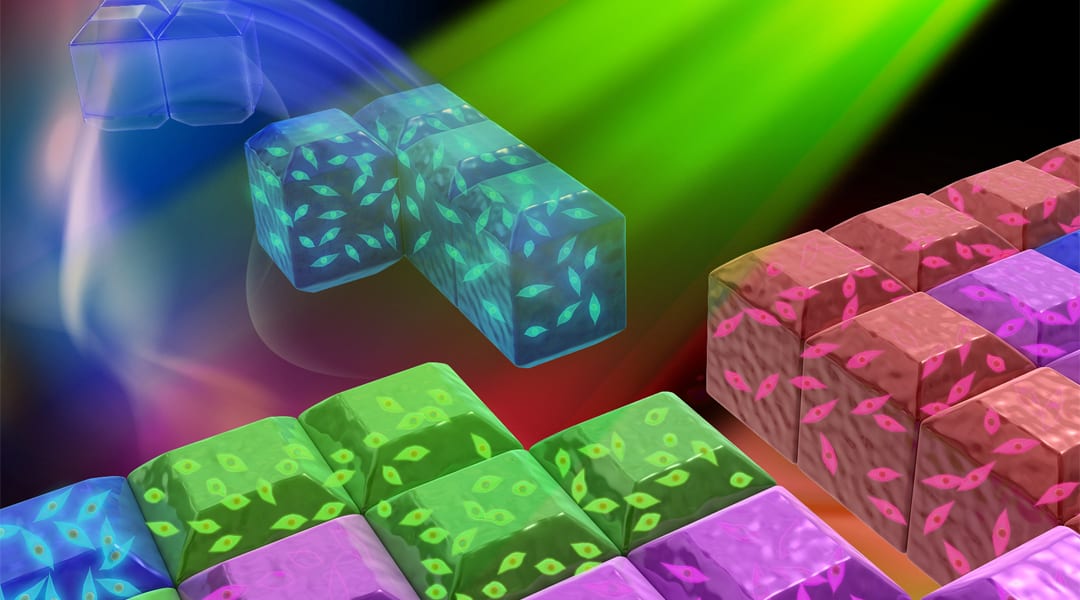
A Tetris-inspired approach to fabricate microscale tissue from hydrogel building blocks affords a non-contact assembly method to build complex and reconfigurable 3D architectures.
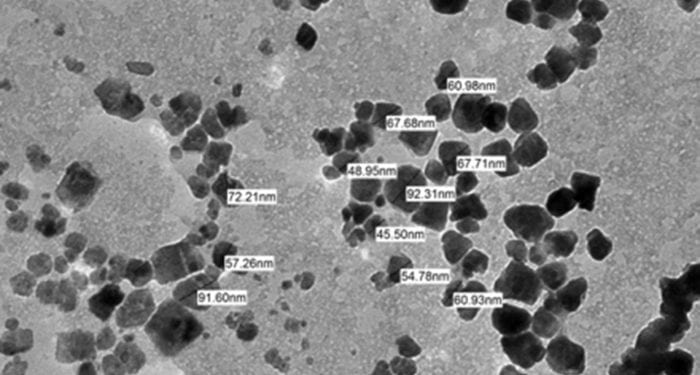
Natural polymers- based nanoparticles are widely used for biomedical purposes as they are highly biocompatible and biodegradable. Yet potential unexpected side effects have to be taken into account.